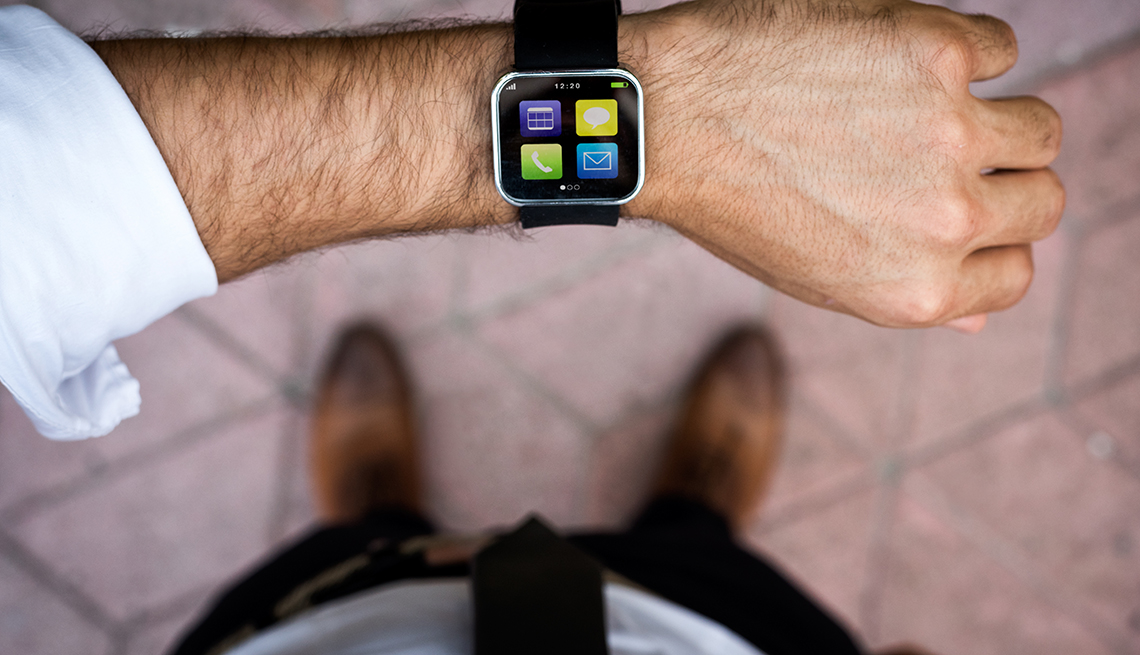Staying Fit
It’s not exactly a revelation that people who wear fitness trackers and smartwatches exercise more frequently than those who don’t.
What may surprise you is that your health or life insurance provider, and perhaps the company you work for, may help you pay the cost of such wearables — if not buy the devices on your behalf outright. Their motivation: Keeping you fit could help lower the cost of health care.


AARP Membership— $12 for your first year when you sign up for Automatic Renewal
Get instant access to members-only products and hundreds of discounts, a free second membership, and a subscription to AARP the Magazine.
Employers, insurance companies and the government are “largely responsible for the costs associated with taking care of each other,” says Amy McDonough, managing director and general manager of Google-owned Fitbit Health Solutions. Fitbit partners with companies including Blue Cross Blue Shield, Government Employees Health Association, Humana, UnitedHealthcare and the University of Pittsburgh Medical Center. “They know that proactive and preventative health is going to support better health care outcomes and reduce costs over time."
Wearing the device spurs changes in habits
Devoted Health's Medicare Advantage plans come with a Wellness Bucks benefit program that will cover up to $300 a year toward any wearable that tracks heart rate and number of steps, says Neil Wagle, M.D., chief medical officer at the Waltham, Massachusetts-based company.
“The key to getting chronic diseases under control quickly is reducing the time between a change in someone's health and the response. And nothing does that better than a connected device, like an Apple Watch , paired with responsive clinicians,” he says.
Devoted Health members receive the benefit without having to meet specific requirements tied to activity levels based on use of the wearables, unlike some programs at other insurance companies. A 2020 study from researchers at the University of Sydney in Australia found that interventions involving smartphone apps and activity trackers increased participants’ physical activity by an average of 2,000 steps a day.
“The key to getting chronic diseases under control quickly is reducing the time between a change in someone's health and the response [to get things back to normal]. And nothing does that better than a connected device, like an Apple Watch, paired with responsive clinicians.”
“This level of increase has the potential to lower the risk of chronic diseases, such as cardiovascular disease, diabetes and some types of cancer, as well as improve quality of life and reduce the risk of premature death,” lead author Liliana Laranjo, M.D., of the university’s Faculty of Medicine and Health and Westmead Applied Research Centre, noted when the study was released.

































































